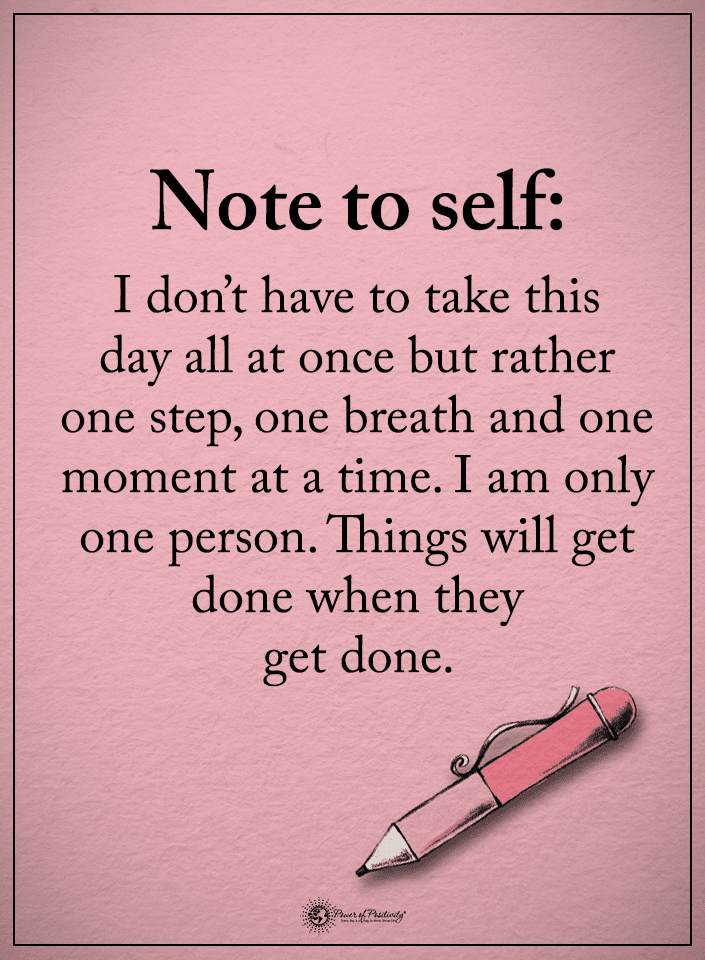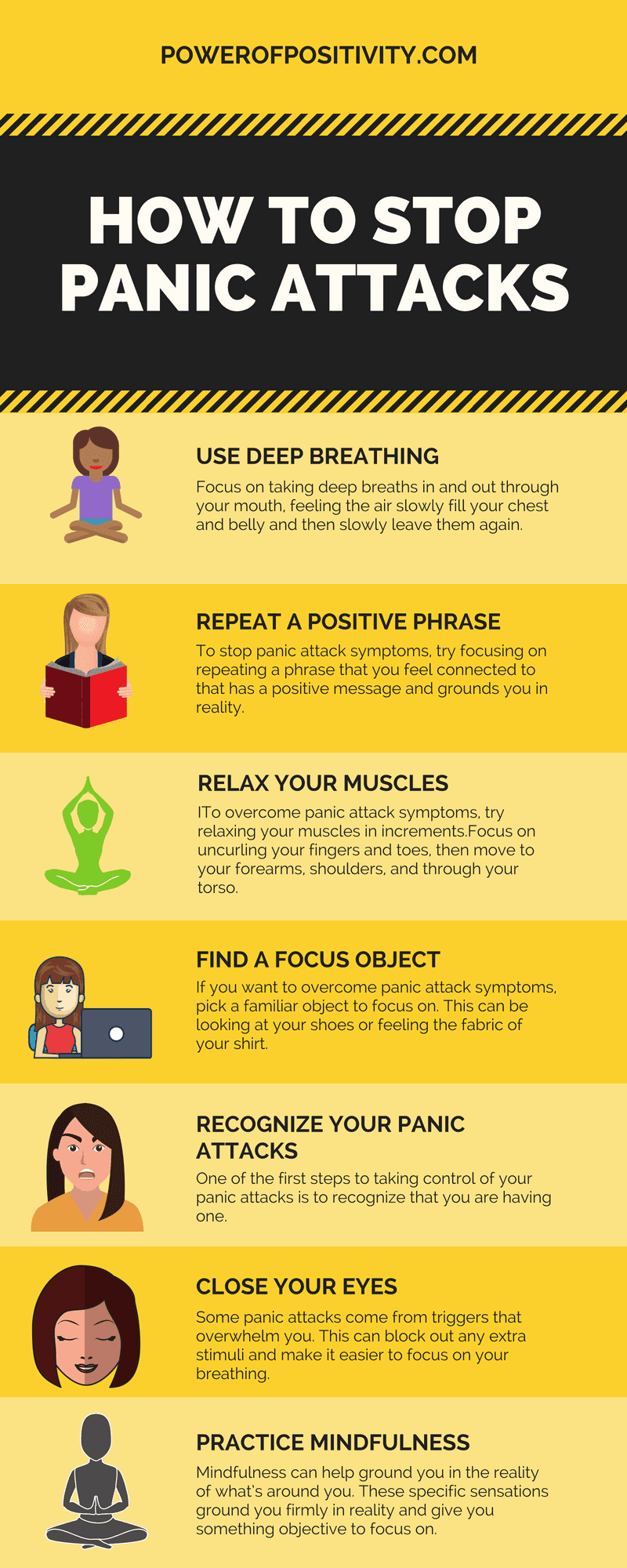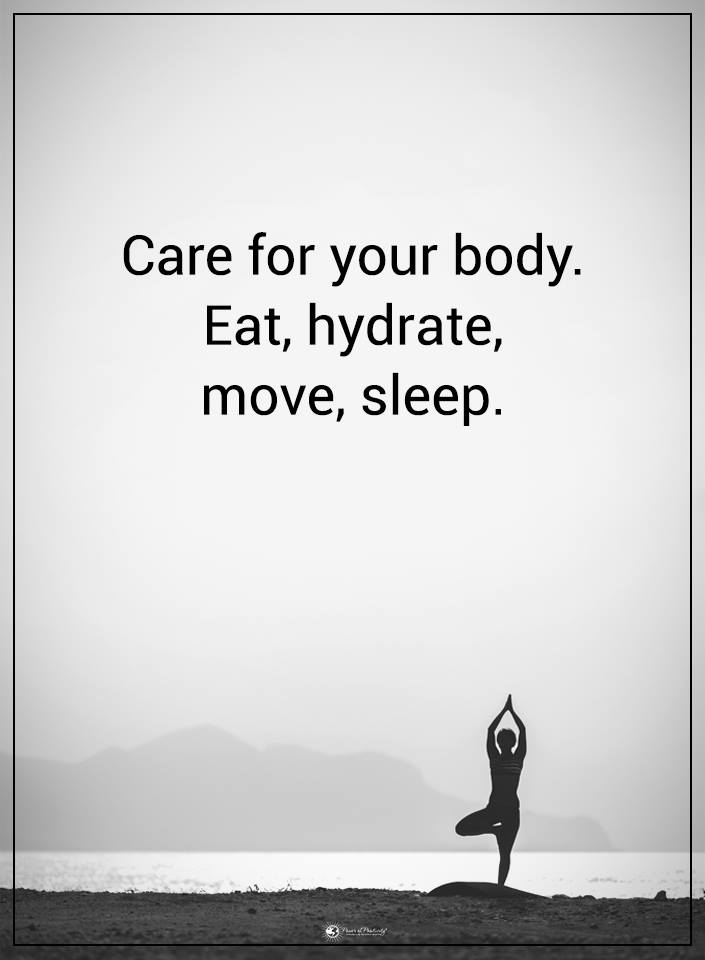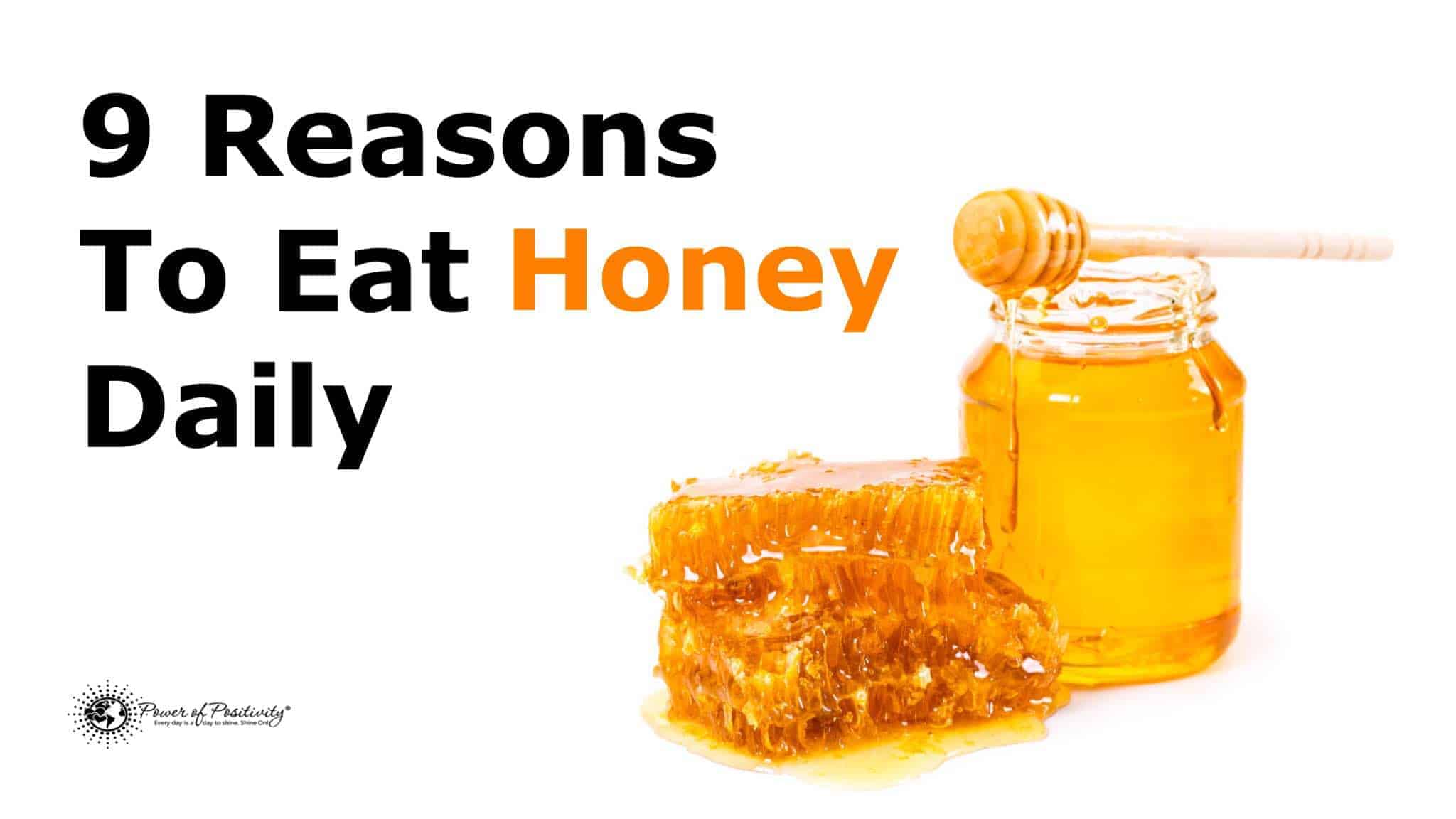Self-awareness is one of the first steps toward a happy and fulfilling life. Almost everyone has been through a phase of emptiness and pain. Similarly, it’s not uncommon to make repeat mistakes. Unfortunately, these feelings and patterns are often a result of poor habits or an inability to recognize negative cycles and cope with life’s challenges.
Luckily, there is good news in store. There are many personality type test on the market that can assist you with the self-discovery process. These tests can be eye-opening and can help you acknowledge and correct any negative patterns that may be inhibiting your journey to peace and happiness. Here are a few tings a personality type test may reveal:
What does this Personality Type Test Reveal about You
Communication Style
A type personality test may uncover your most frequently used communication style. This insight can be important because it can reveal how you are perceived by others. Poor communication is one of the leading causes of conflict and your inability to adjust your style may have major consequences to your relationships and your overall wellness. A personality type test will explore how you communicate as well as how you best receive information. This knowledge will not only help you communicate your points better, but it will also help you communicate your needs.
Energy Flow
Most personality assessments will also measure the natural flow of energy for each personality type. Individuals are unique in how they are energized throughout the day. Many people gain energy from others. They love being busy, interacting, and thrive on high levels of stimulation and activity. Contrastingly, introverted personalities gain energy and confidence from a place of introspection. These personality types prefer a quiet setting and need time alone to recharge. Many people fall somewhere in between these two extremes, but understanding your energy flow helps in many areas of life including finding a good job fit, settling down with a compatible mate, and engaging in hobbies that bring you joy and satisfaction. In summary, it’s important to understand your needs so you can be energized and motivated year-round.
People Preference
A type personality test might also help you determine what kind of company to keep. A personality type test not only provides insight into your own preferences, but it also offers some insight when it comes to compatibility. As expected there will always be personalities that complement each other and personalities that completely clash. The conclusion of each test will generally offer participants the chance to review all personalities on the spectrum. The summaries of each personality type will allow you evaluate the people in your life (spouse, coworkers, family members), place them in a personality category and determine if these people cause stress and chaos or create comfort and calm. You’ll be able to better choose your circle from the information.
Work Wishes
Our personalities are strongly tied to our skill set and work preferences. Employees who must routinely engage in work that forces them out of their natural personality type may experience high levels of stress in the workplace. It’s important for company’s to recognize the importance of personality when defining a role and selecting candidates. In fact, many organizations are a step ahead of the game and regularly use personality assessments in their hiring practices. This is a best practice that can save a lot of time and trouble if done properly. However, if you are already in a role at work that creates anxiety and stress, it may be due to poor fit when it comes to personality. Taking a personality type test can help you discover your desires for the workplace and will help you better communicate these needs to your employer.
Decision Making Process
A personality assessment will also lend insight to your decision making process. Most people fall somewhere along the spectrum of logic and intuition. Logical thinkers tend to require large amounts of data and concrete evidence before making a decision whereas more intuitive decision makers rely on a feeling or gut instinct. Regardless, understanding how you make decisions will help you make better choices in the long run.
These are just a few of the many insights you’ll examine when taking a personality assessment. With a little more self-awareness and direction you’ll be able to better interact with the world and you’ll be one step closer to finding the peace and happiness you deserve.











